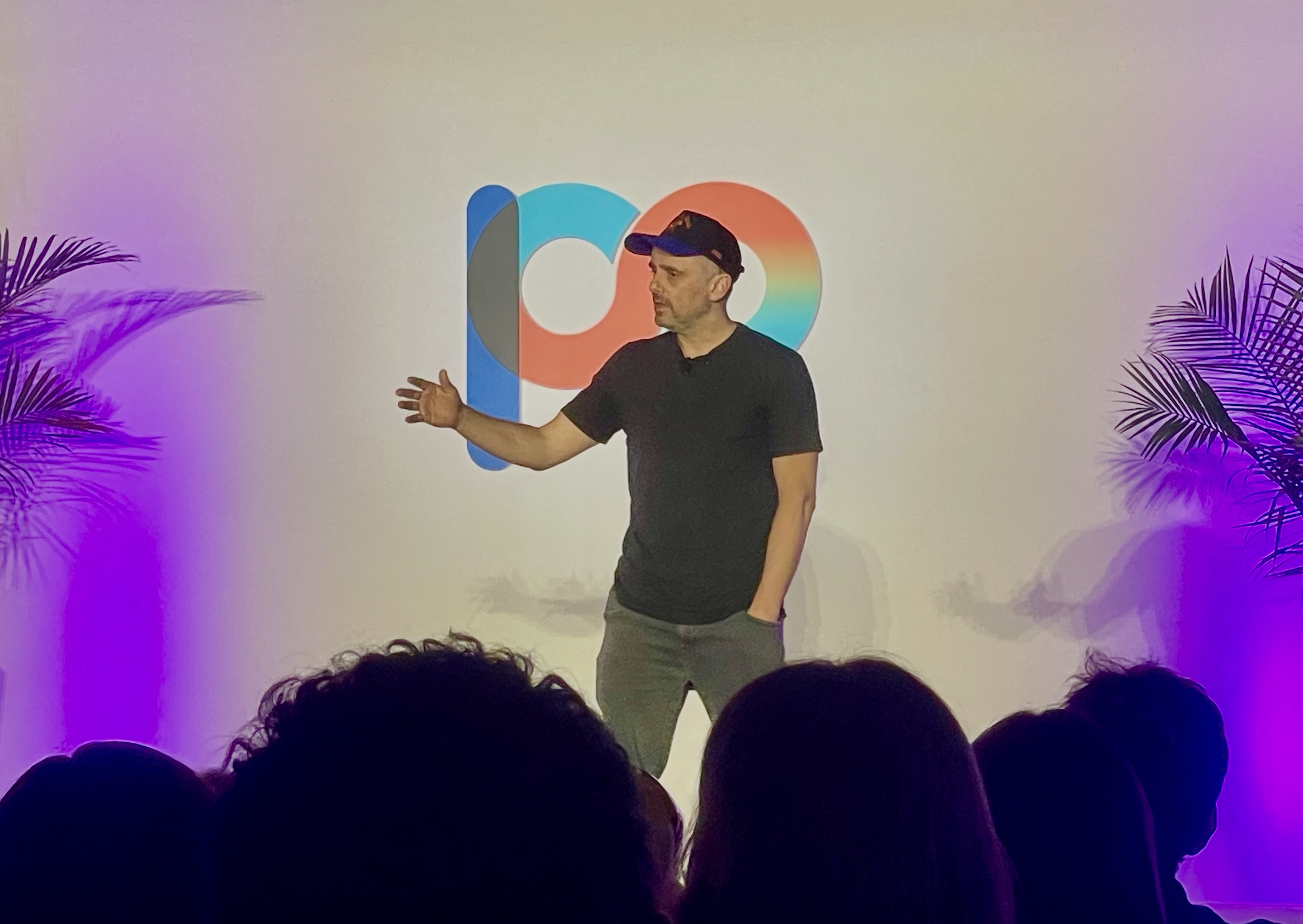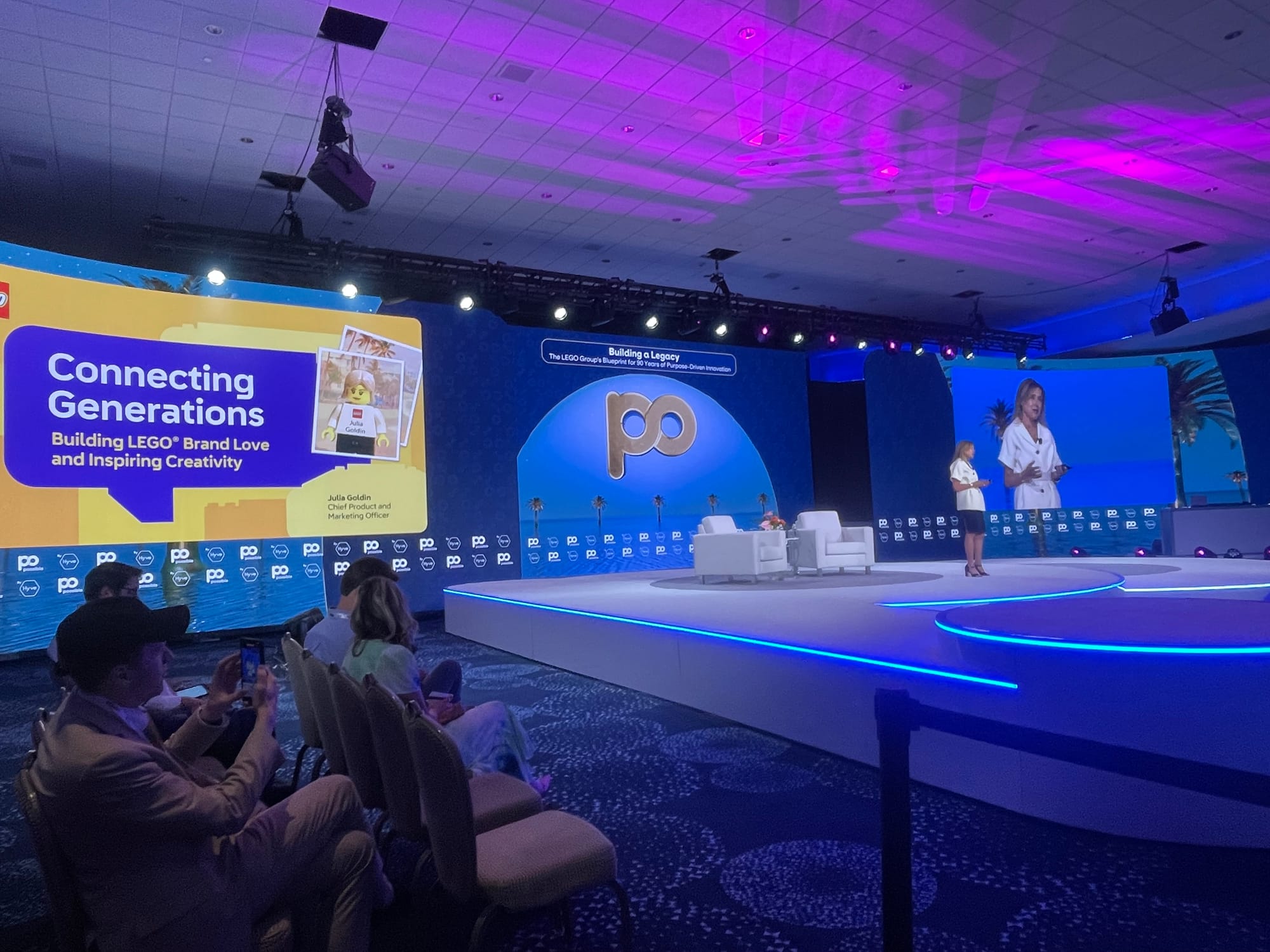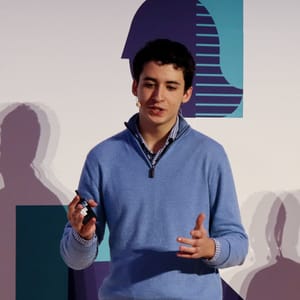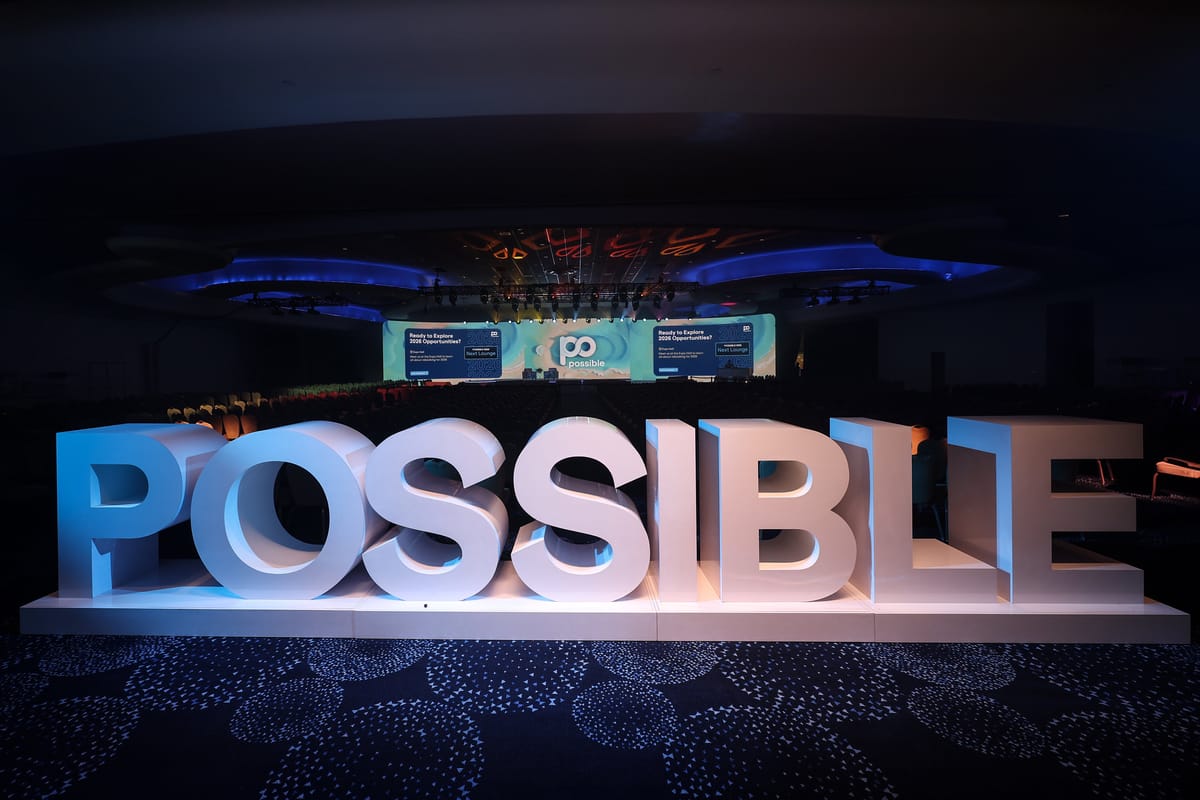POSSIBLE 2025 took place this week in Miami, drawing some of the most influential voices in marketing, media, and tech to discuss what comes next. From early-morning keynotes to standing-room-only panels, the recurring theme was clear: attention has overtaken reach as the most valuable commodity. Across brand marketers, publishers, and creators, there’s a growing urgency to adapt not only to where audiences are, but how they behave. The standout sessions offered grounded approaches for staying relevant in a landscape defined by speed, culture, and creative risk.
Here are the sessions that stood out most.
Gary Vaynerchuk: Organic First, Always
Gary Vaynerchuk challenged how most marketers use paid media. Brands, he argued, are amplifying content that hasn’t earned attention. His rule: prove it works organically first, then put spend behind it.
“There’s zero reason to spend media dollars amplifying creative that hasn’t already worked organically.”

Vaynerchuk pointed to a landscape shaped by algorithmic distribution. Audience interest - not follower count - drives visibility. This undermines legacy advantages and rewards speed, precision, and creative risk-taking.
Measurement needs updating too. Reach without resonance doesn’t mean much. The only metric that matters is whether the content spreads without needing to be pushed.
He also highlighted coming shifts: AI-generated influencers and live social shopping are already underway. Brands that hesitate risk missing the moment.
Pinterest, Delta, and Davis Burleson: Working With - Not For - Gen Z
This session explored how brands are evolving their approach to younger audiences by collaborating with them. Davis Burleson explained how campaigns only started to perform when brands let go of rigid scripts and trusted him to create content in his own style. His work with Milk Bar, Delta, and others follows a simple logic: low-friction, culturally aware, and grounded in real-world interaction.

Pinterest offered a data-led lens. Its Pinterest Predicts tool surfaces trends based on how people plan. This long-view has allowed them to shape brand activations with Gen Z creators months before cultural moments peak. Sydney Stanback framed it clearly:
“Pinterest is a reflection of yourself, while on other platforms, you're really facing the world.”
Delta brought the legacy brand angle. Their collaboration with BÉIS started in a TikTok comment section, showing how fast-moving ideas can scale when internal teams are aligned. More structured partnerships, like those with YouTube and Uber, focus on integrating into traveller routines and making experiences more personalised.
The discussion reinforced the importance of creative trust, fast execution, and cultural fluency as requirements for relevance.
LEGO: Creativity as Long-Term Strategy
Julia Goldin, LEGO’s Chief Product and Marketing Officer, argued that creativity needs to be treated as a system. Product development begins with what people care about, not what fits a category. The floral LEGO sets that now make up 6% of global rose sales during Valentine’s week came from that approach.
Inclusion is built directly into products. Braille bricks, adaptive instructions, and representation in minifigures reflect a wider commitment to making creativity accessible.

LEGO Ideas receives over 10 million submissions and votes a year. Adult fans co-create sets. Children interact on platforms designed for safety and freedom. LEGO doesn’t treat digital and physical as separate categories - they’re part of the same world.
Goldin also described how LEGO connects with audiences offline. In London, people queued for hours in the rain during a botanical build event. Partnerships with Pharrell Williams and Louis Vuitton aren’t calculated plays for attention; they stem from shared creative values.
She closed by outlining internal principles: connect with the mission, work in small trusted teams, and treat experimentation as a multiplier.
Key Points from the Week
- Prove content works before putting spend behind it.
- Relevance now beats reach, algorithms reward resonance.
- Creative impact improves when brands trust creators to lead.
- Planning signals matter more than viral trends.
- Loyalty builds early when brands show up with consistency.
- Fast decision-making matters more than polished decks.
- Cultural timing can’t be delayed, execution must match the moment.
- Internal culture shapes how well brands adapt to change.


